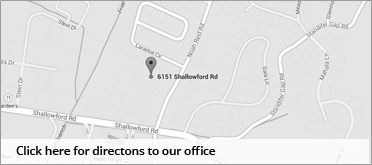Incision Design Facelift in Chattanooga
Before & After Gallery
Be sure to view our Before and After Photo Gallery of Incision Design to see real patient results at Shire Facial Plastic Surgery.
click hereOne of the most important questions a patient should ask their doctor in the preoperative consultation is “how do they make their facelift incision?”. The reason this is important to you, the patient, is that almost every doctor‘s incision is done differently. If you don’t ask most won’t tell you. Also the incision is the one thing you see after surgery and it’s permanent. You want it to look good, be well camouflaged and be natural. It is the incision design and placement that can make you look like you had a facelift, so you want to avoid the sequelae of being operated.
The design of the incision is critical to obtain a natural aesthetic result and prevent the operated “facelift look” which is characterized by
- Stretched, pulled with increased tension on the suture line which creates thickened scarring,
- Hair loss at the temples, sideburns, and behind the ear,
- Improper placement of the incision to produce a loss or change in the natural anatomy.
The incision design is a key element that contributes to a natural look verses the “done look”. Therefore, we want to
- Prevent hair loss in the temporal, sideburn, forehead and postauricular- mastoid areas;
- Eliminate visible scarring;
- And prevent the loss or a change in the ear anatomy that would cause the loss of the tragus, loss of the preauricular sulcus and the anteriorization of the lobule. This is what is known as a pixie ear deformity.
In our incision design we preserve the temporal sideburn hair. Loss of this hair with a hairline shift moves the hairline above the ear and increases the distance between the eye and hairline creating a round “moon shaped” face that just doesn’t look right. There are two approaches to the preauricular or front of the ear, pre-tragal, and the post-tragal. By using the natural preauricular lines that everyone has the anatomy of the ear is preserved and untouched. If they say the incision can be hidden inside the ear (post-tragal) this will distort the ear causing loss and flattening of the tragus and flattening of the curvature of the face with loss of the preauricular sulcus. In addition, the ear gets pulled forward towards the angle of the jaw. Behind the ear the incision is placed in the fold and we go to the top of the ear, then turn and parallel the hairline in the back. This way we eliminate the visible scar behind the ear and prevent the hair loss in the back, behind the ear. Because these anatomic rules are followed, this type of design works for everyone: short hair, long hair that’s pulled-up or in ponytails, and even is perfect for males.
Always ask to see examples during your consultation and ask questions. Remember you are your best advocate and knowledge is the best tool to have.


